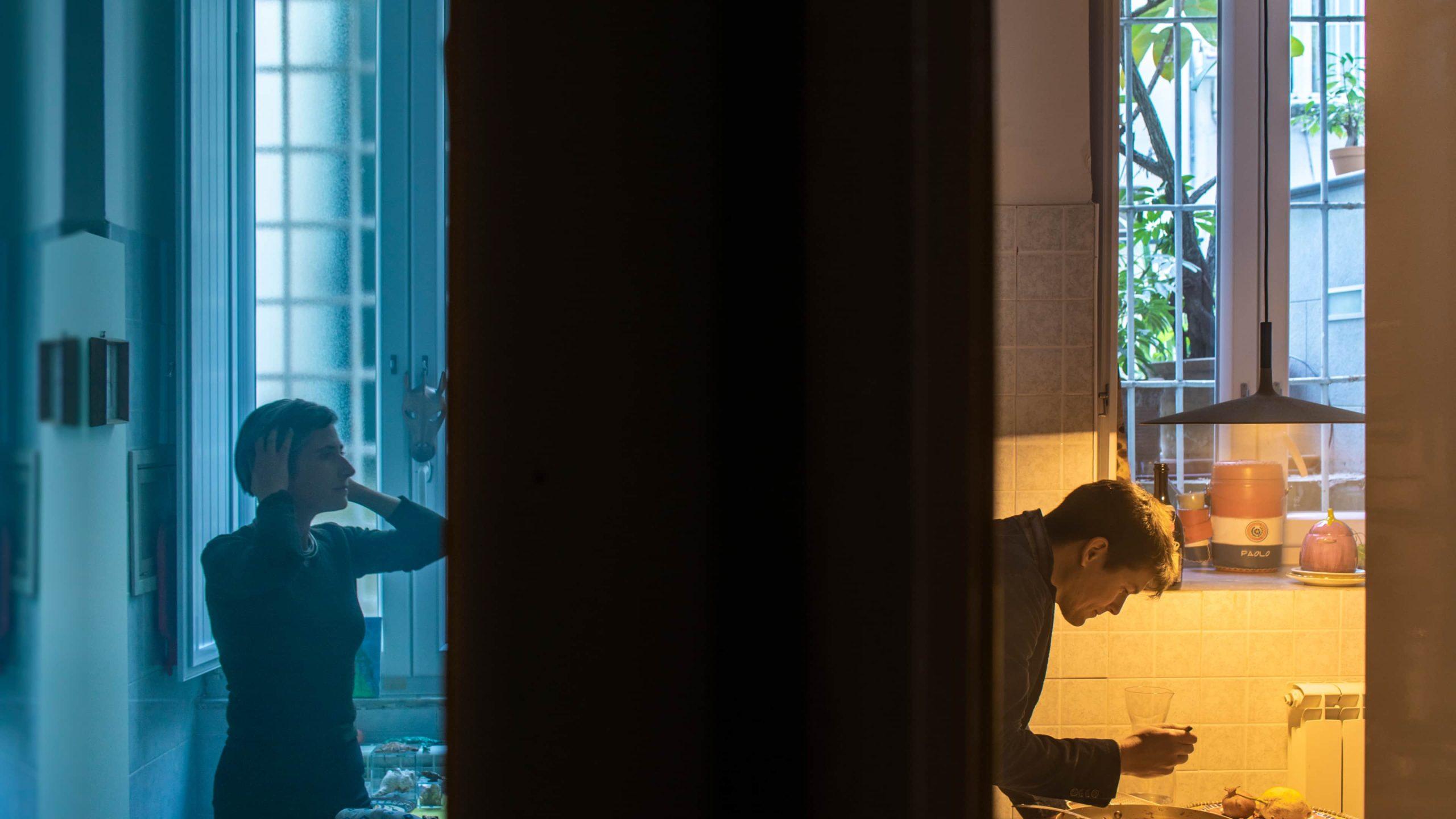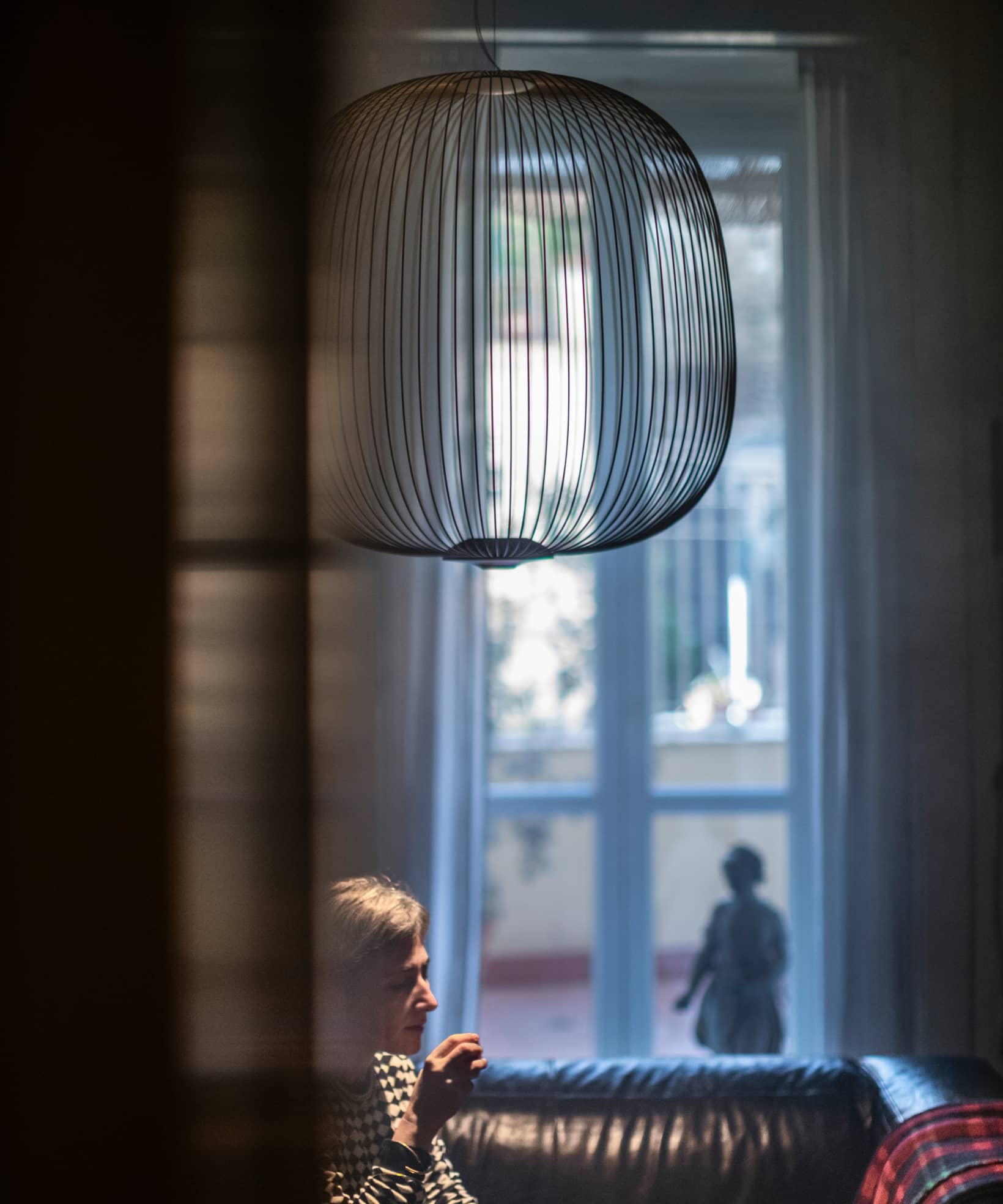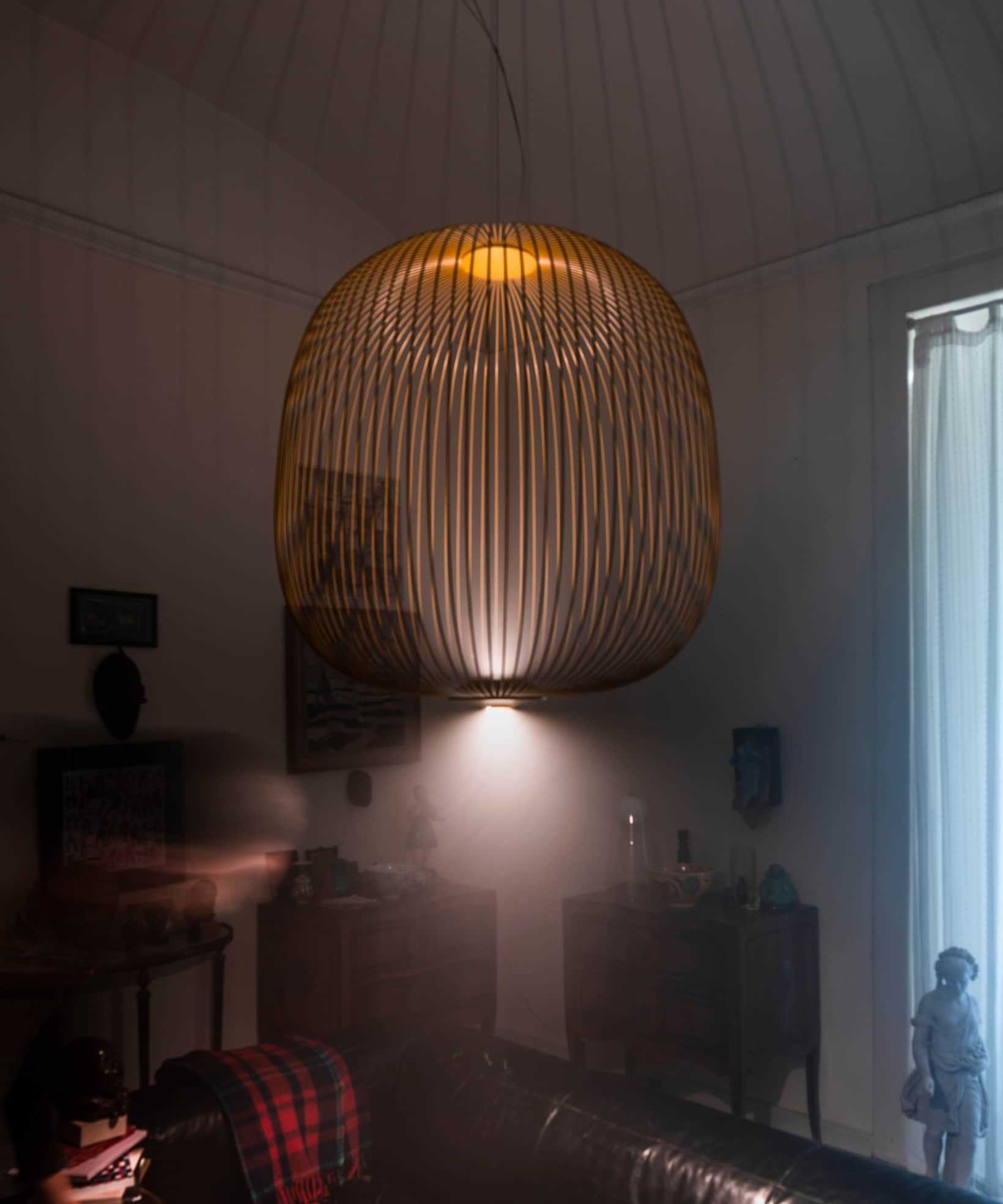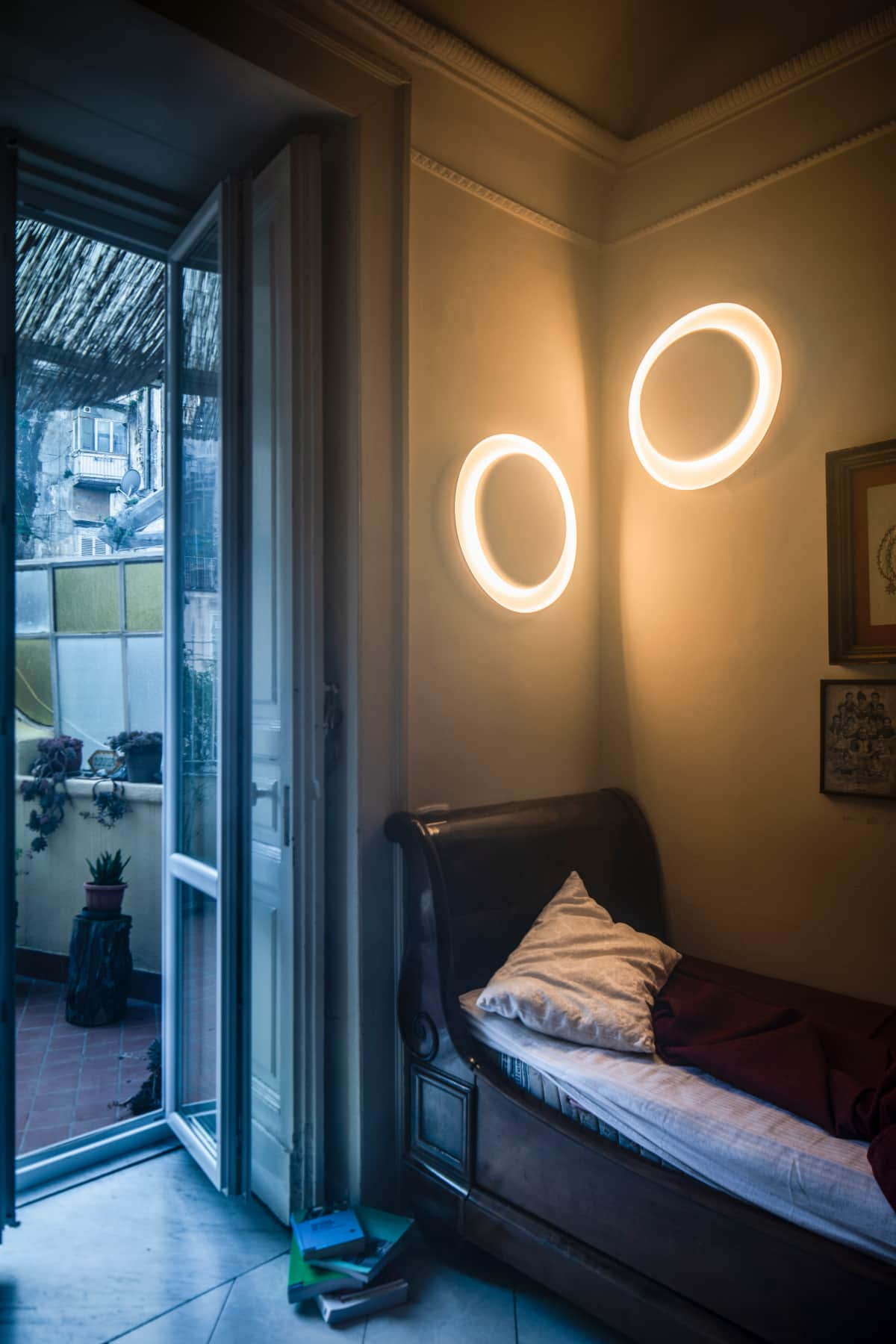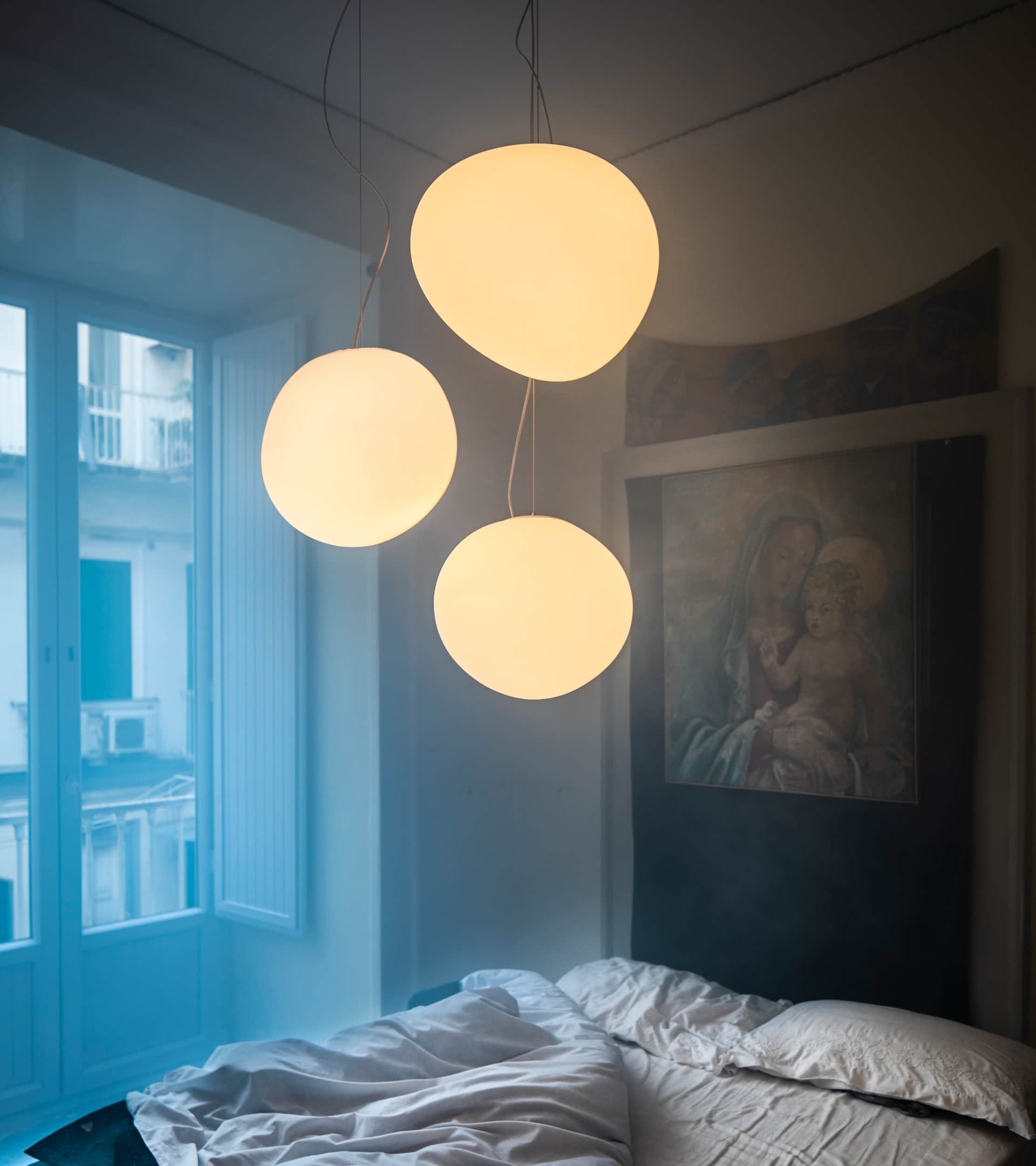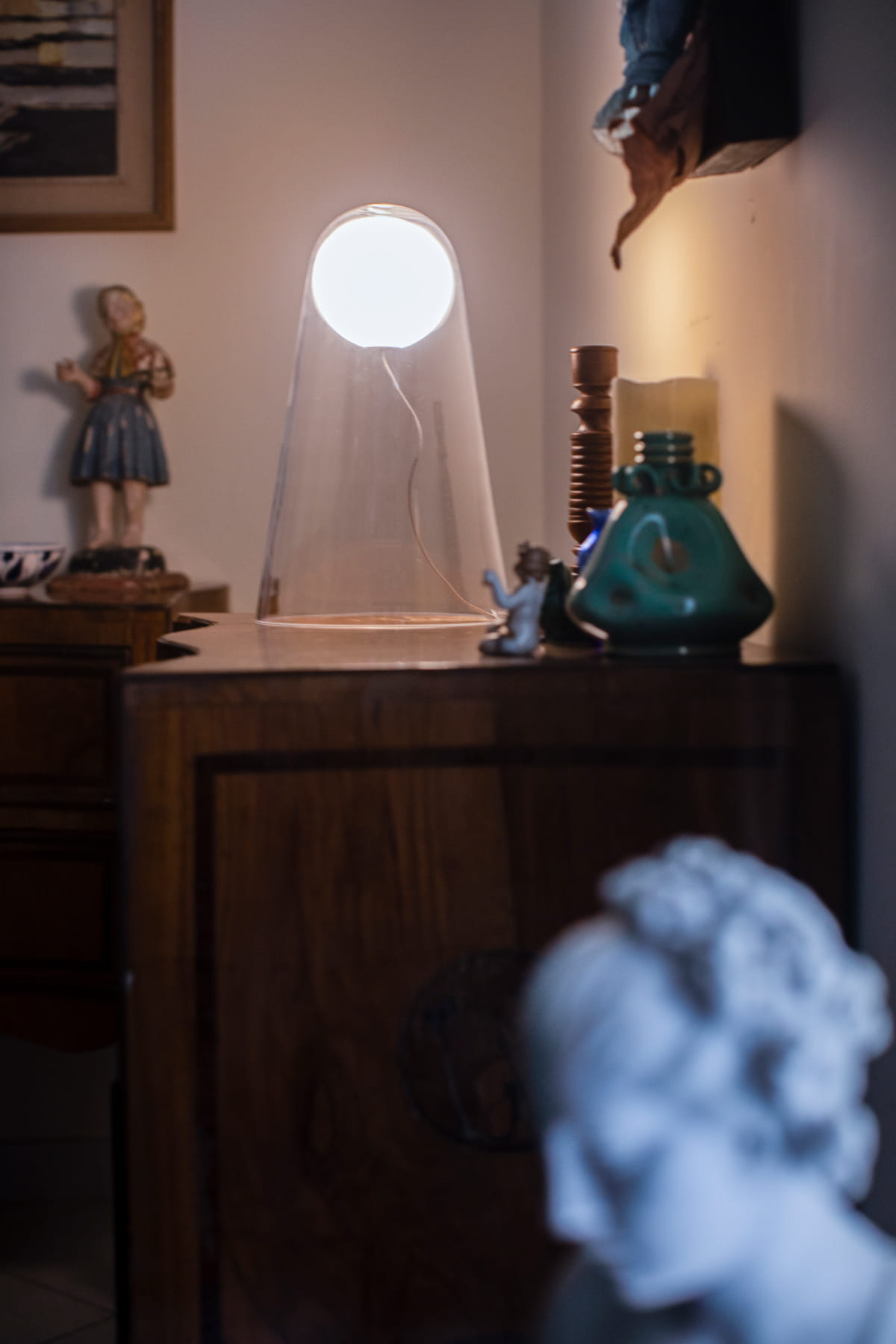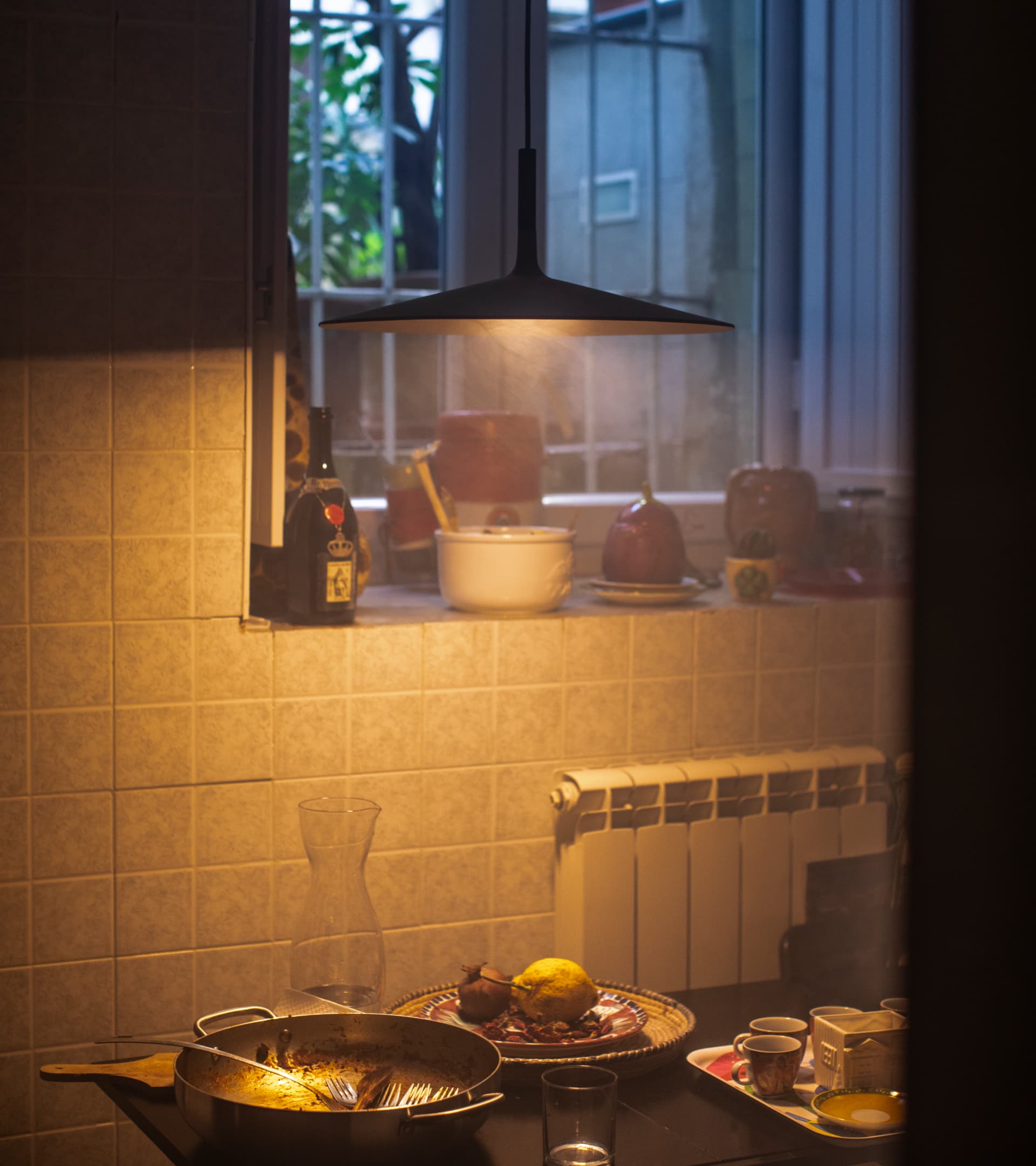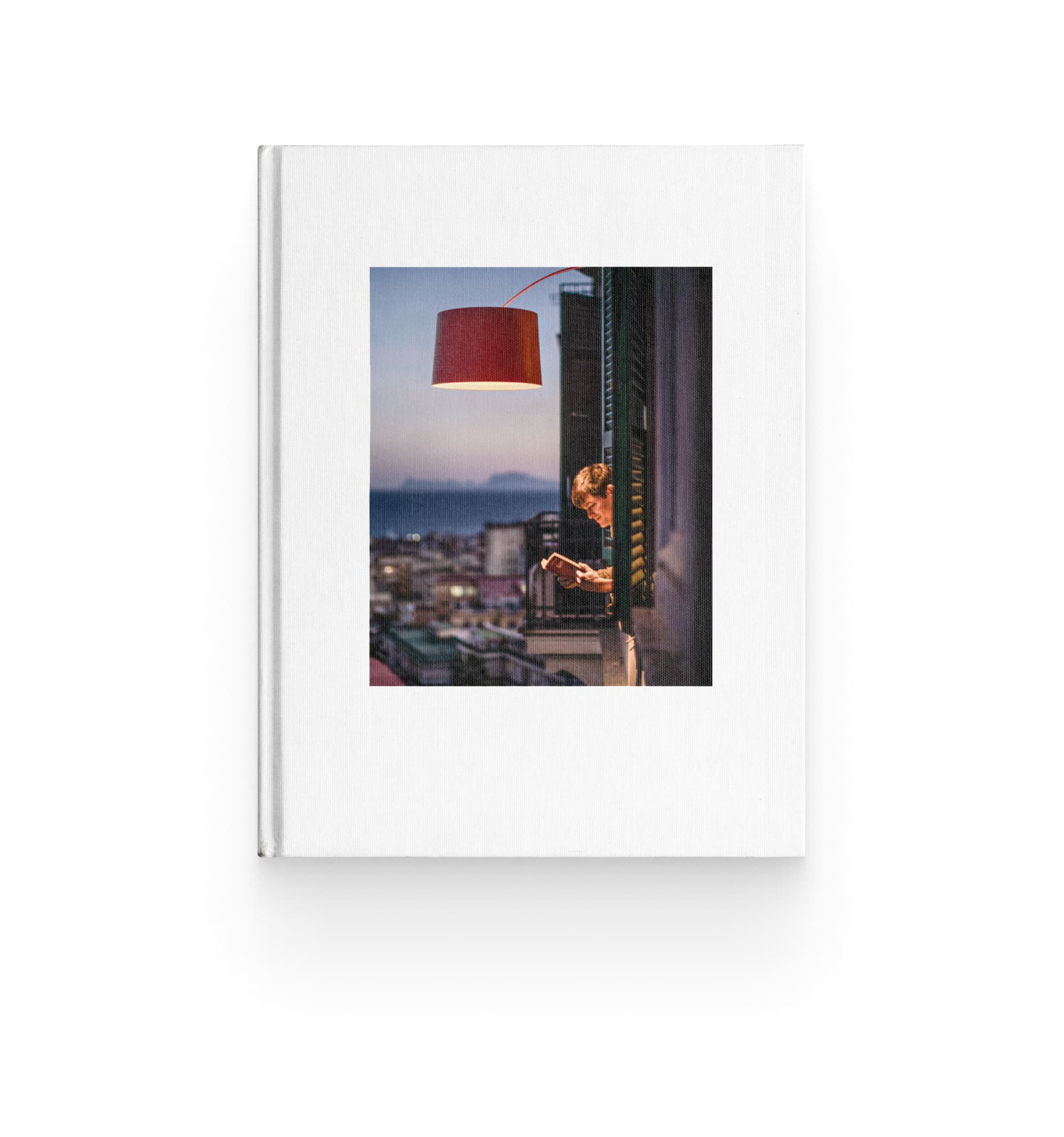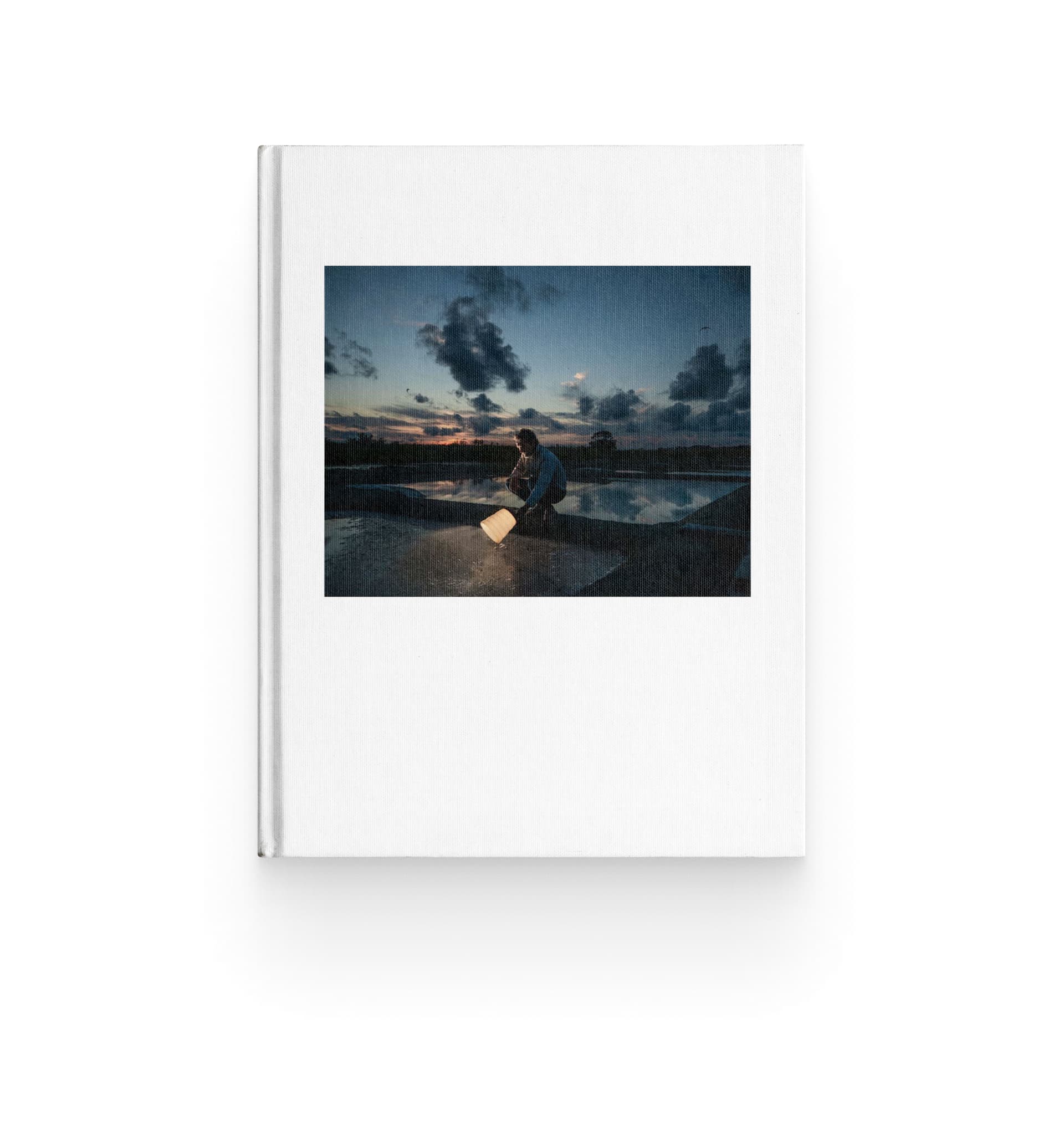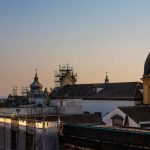
Maria in Napoli
– CHIAIA
A terrace in the city
“This city is a theatre, a museum, a playing field, a place of perdition, inhabited by millions of gathered, concentrated lives, all on stage. From up here, Maria observes the city and smiles, like a postmodern olive tree knowing each of us has roots that come to terms in our own unique way.”
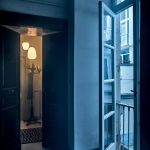
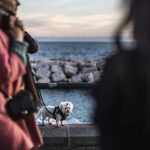
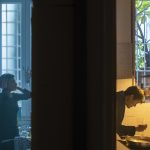
I was a dwarf olive tree in the Ionian winds
“You Sardinians have a deep sense of religion”, Maria tells me. I stop walking – we are strolling through an elegant, orderly, quiet part of Naples – and look at her, shaking my head. “No, for god sakes, the Sardinians do not exist”, I say. Sardinians are all different, like Neapolitans. Only those who have never been to Naples think that Naples is same everywhere. Every Neapolitan has a unique character and a unique way of life. The city is too big to be narrated by two or three characteristics, and Maria knows it well. Maria is Mediterranean, Neapolitan, a bit Norman, and perhaps, totally postmodern. “I was a dwarf olive tree, sown by Ionian winds”, she says, quoting a verse by Elsa Morante. Olive trees implies from Greece and Sardinia, to North Africa and Spain, so the two of us are alike. Maria has a rented apartment, but she totally treats it like she owns the house, the summary of a hundred lives, because none of us has had just one, especially when we reach the point of having white hair. “The olive tree”, Maria says, “is a plant that speaks of the whole Mediterranean; there are the luxuriant olives of the coasts, and that of Pantelleria, small, gnarled, with branches pointing downward to make cool shade”. The olive tree is many things, like Sardinians and Neapolitans. “I’m forty-eight years old, and I’ve decided I want my white hair to be seen. You would want to see the life that has passed, don’t you agree?” Maria’s house is full of pottery, paintings, old Flemish dolls, art and light. “It was ten years ago in May, and as soon as I entered this house I said: it’s mine. This is my home. It is a warm, welcoming house made of yellow volcanic stone, the colour of the intensely hot sun. After living here for just two days, I had a dinner party. There were no lamps or furnishings, just boxes scattered around, but I wanted to invite people in”.
Maria is a university professor and an art critic, a life filled with creativity and beauty. “At that first dinner, hastily assembled with a few things after the opening of an exhibition, it was like telling the house: look, lots of things are missing, we have to do something so everyone will feel at ease here”. It’s a worksite, Maria’s house, a place where artists, critics friends, and strangers meet. “Now and then I go hunting for a house to purchase, but as soon as I begin, I regret it and get bored. In the end, I’m not so interested in property per se, I am interested in feeling like a place is mine, and I want everyone who comes in to feel at ease”. People outside Naples think the city is inhabited by muddle-headed mandolin players, pizza worshippers, mozzarella, and macaroni. In contrast, Maria makes black rice and steamed vegetables for lunch, which we eat on the small terrace in the sun. “I can’t imagine a house here in Naples without an outdoor space; an extension to allows views onto the theatre of the city. On a terrace, you lose intimacy and you enter the scene – of a city that keeps moving, valuing performance rather than privacy”. This city is a theatre, a museum, a playing field, a place of perdition, a million different things, inhabited by millions of gathered, concentrated lives, all on stage, each in their own theatre. From up here, Maria observes the city and smiles, like a postmodern olive tree knowing each of us has roots that come to terms in our own unique way.
Maria è professoressa universitaria e critica d’arte, piena la sua vita d’arte e bellezza. “Quella prima cena, organizzata con quattro cose, di fretta, dopo l’inaugurazione di una mostra, è stato come dire alla casa: guarda che nonostante manchi molto perché io riesca a farti essere accogliente, dovremo fare in modo che tutti si devono sentire accolti, qui”. È un cantiere, anche, casa di Maria, un posto dove si incontrano artisti, critici, amici e sconosciuti. “Ogni tanto vado a cercare una casa da comprare, poi però mentre sto andando mi pento, mi annoio, in fondo la proprietà non mi interessa di per sé, mi interessa sentire mio un posto, sentirlo soltanto, m’importa che tutti qui stiano a proprio agio”. E fuori questa città, Napoli, che la gente pensa abitata da suonatori di mandolini casinisti e adoratori della pizza, della mozzarella e dei maccheroni, e invece Maria per pranzo prepara riso nero e verdure al vapore, mangiamo nel terrazzino, c’è il sole. “Non riesco a pensare ad una casa qui a Napoli in cui non ci sia uno spazio all’esterno, il fatto di avere un prolungamento verso il fuori, verso il teatro della città, un luogo in cui sei esposta alla vista. In un terrazzo perdi l’intimità assoluta ed entri già in scena, entri in questa città teatro in cui è così comune stare in giro, fuori, nella rappresentazione più che nell’intimità”. Questa città è un teatro, un museo, un campo da gioco e di dannazione, un milione di cose diverse, abitate da milioni di vite ammassate, concentrate, messe in scena, e ognuno ha il suo teatro, e Maria da quassù osserva la città e sorride, come un ulivo postmoderno che sa che ognuno di noi ha radici con cui fare i conti, e ognuno li fa a modo suo.
GET YOUR FREE COPY
Two books, three continents, thirteen cities, twenty-five homes.
Two photographic books that explore light, people, and life stories. The result of a journey, begun in 2019, which led us to a variety of locations and latitudes, revealing a different light and, alongside it, diverse cultures of living.

